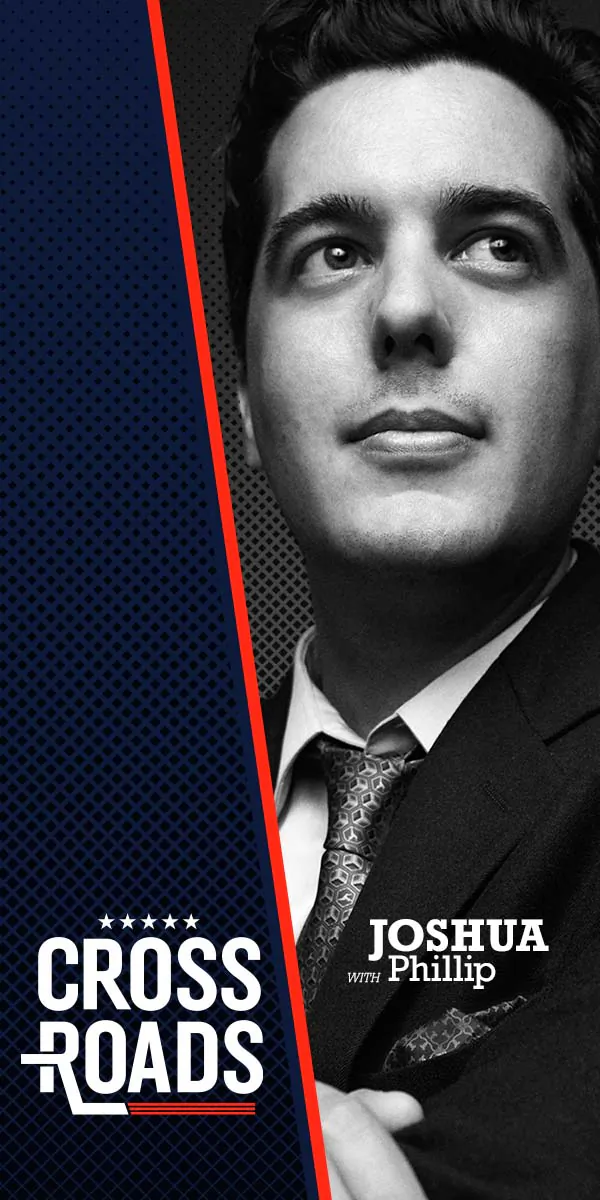In March of 1986, a distinctive new luxury automotive brand was introduced by Honda to the Canadian marketplace—Acura. In fact, Acura held the distinction of being the very first Japanese automotive luxury brand in this country.
In its first few years of existence, Acura was among the best-selling luxury marques in the United States. Furthermore, in the late 1980s, the success of the company’s first flagship vehicle, the Legend, inspired fellow Japanese automakers, Toyota and Nissan, to launch their own luxury brands, Lexus and Infiniti, respectively.
Of the three Asian brands, Lexus in recent years has taken the lead. Acura, has experienced modest growth the last three years, sales have seemingly stalled.
During the 2018 Canadian International AutoShow in Toronto, we had a frank discussion with Emile Korker, a 19-year member of the Acura team in Canada who now holds the position of senior manager, brand leader—Acura Canada.
Acura was presented as an upscale automaker known for offering cars with impressive levels of luxury, features, and performance. Acura’s initial foundation vehicles were the Legend and what soon became a “tuner’s” delight, the Integra.
Buoyed by the initial reception from the automobile-buying public, Acura made a very bold move. Five years after the debut of the Legend and Integra, Acura introduced the ground-breaking NSX, a mid-engine, V6-powered, rear-wheel-drive sports car. This innovative vehicle was billed as the first Japanese car actually capable of competing with Ferrari and Porsche—except in terms of pricing where the sticker price was considerably lower. The NSX served as an “image car”—now more commonly referred to as a “halo car”. Perhaps the most exciting aspect of this vehicle was that the engine heralded the introduction of Honda’s VTEC technology. With the NSX also being the world’s first all-aluminum production car, it broke new ground within the industry, leading the way to further engineering wizardry for Honda and Acura in the years to come. It should also be pointed out that this vehicle practically gained legend status due to its ease of use, overall quality and reliability, traits that were, for the time, unheard of in the supercar segment.
To some, it was as if Acura had peaked. After that, while the tech and engineering were sound and dare we say expected, the vehicle designs did not set the world on fire. Acura was not receiving the respect that its pedigree deserved.
Even when Canadians began their love-in with crossover and SUV-like vehicles, Mr. Korkor was one of many within the industry who believed that this was a fad, not likely to become a trend, a phenomenon reflected in the fact that in 2017 around 70 percent of all new vehicles sold in Canada fell into this category.
That opinion soon changed.
Customers liked the idea of owning a vehicle with seemingly more space for things, enjoyed sitting a little higher and the utility that came with this type of vehicle. Years before, the minivan phenomenon had exploded: these ubiquitous people haulers were everywhere. Taking kids to hockey and soccer practice. They became the favoured family mode of transport for everyday use. And almost as quickly as they were revered, their popularity waned.
Crossovers and SUVs began to pick up the slack as minivans fell out of favour.
In the early 2000s, Acura introduced their MDX, a popular three-row crossover SUV based on the Honda Odyssey minivan. As Mr. Korkor tells it, “The MDX was a car-like crossover SUV with limited off-road capability which catered to the demands of the now growing luxury SUV market. Then in 2006, the smaller more nimble RDX made its way to showrooms and curbs the country over.”
Today, Acura is pushing hard on the continued development of trucks (SUVs and crossovers), even toward more performance-oriented automobiles. “We believe, as does the industry generally, that the desire to own and drive a no-compromise crossover shows no sign of slowing down and Acura intends to be there. In fact, through 2020, Acura will introduce a redesigned 2018 RDX (already available through dealers) and will introduce a redesigned MDX.”
“At this time, it might be fair to suggest that we are resetting ourselves,” Mr. Korkor stated.
We asked about the possibility of the smaller, compact CDX, a built-specifically-for-China crossover released in 2016. There have been rumours floating that this vehicle might end up on these shores, but Mr. Korkor advised that there were no immediate plans for that crossover in this market.
Going forward, Mr. Korkor stated that as a company, more needs to be done with strengthening the perception of the brand, to the point that the name Acura becomes more relative to consumers looking for something different in the luxury market which fulfils economic, efficient, and aesthetic needs for interested consumers.
By touting “Acura Precision Crafted Performance” message, which heralds back to the “old days” when Acura was considered the performance alternative to Honda. “We need to bring the fun back into driving—we need to (re) appeal to the driving enthusiast.”
Since Acura is primarily a North American-oriented brand, many new immigrants are unfamiliar with Acura and the vehicle lineup. This needs to change. Education is required to ensure that Acura has an opportunity to compete for affordable luxury vehicles.
Addressing this while ensuring the brand’s integrity core values are not compromised is crucial going forward.
With the lauded re-launch of the all-new NSX in recent years, Acura is literally putting their money where their mouth is. The NSX is a hybrid sports car powered by 3.5 L twin-turbo V6 engine and three electric motors, two of which form part of the “SH-AWD” all-wheel drive drivetrain providing a huge 600 horsepower! The transmission is a nine-speed dual-clutch semi-automatic. The NSX body utilizes a frame design made from aluminum, ultra-high strength steel, and other rigid and lightweight materials. This is innovation which exemplifies the Acura DNA.
Mr. Korkor concluded, “Acura Precision Crafted Performance represents our commitment to excellence in engineering and design as well as our promise to continue pushing the limits of what our vehicles can do. Now we need to develop the next chapter in our history as a performance-oriented automaker and earn, even regain the respect and confidence of the halcyon days of this unique brand so we might continue to challenge accepted norms through innovation and help drive the industry forward.”
David Taylor is an independent automotive lifestyle writer, producer, and editor based in Barrie, Ontario who is fascinated by innovation and technology which enhance the overall driving experience. He’s also a member of the Automobile Journalists Association of Canada (AJAC) and is a Director of that organization’s Canadian Car of the Year Award. Follow him on Twitter @Omemeeozzie or on Instagram @hugoscaroftheweek.


 Friends Read Free
Copy
Facebook
Tweet
Friends Read Free
Copy
Facebook
Tweet



























